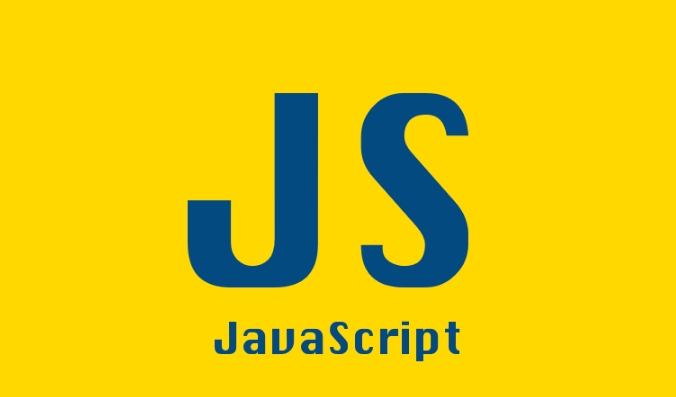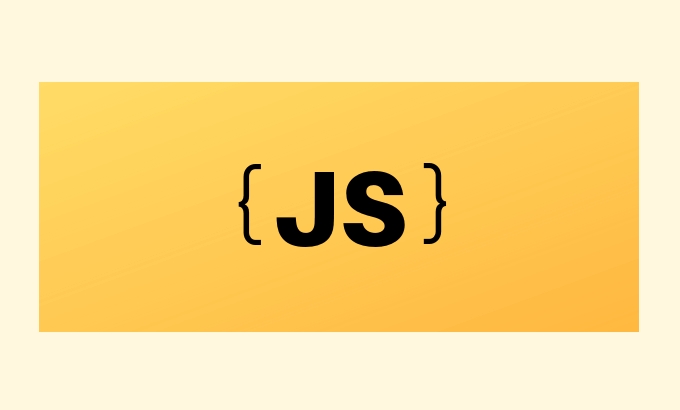Arrow functions provide a more concise syntax in JavaScript, suitable for short callbacks, avoiding this binding problems, and simplifying chain calls, but are not suitable for use as object methods, constructors or prototype methods. Its core advantage lies in this binding of lexical scope, which makes the code clearer, but traditional functions should be used in scenarios where this needs dynamic.

Arrow functions in JavaScript offer a shorter syntax compared to traditional function expressions and have some important differences, especially when it comes to this binding. They're widely used in modern JS code, especially in frameworks like React or Node.js.

Basic Syntax of Arrow Functions
An arrow function is defined using parentsthes for parameters (if more than one), followed by the => symbol, then either an expression or a block of code.
Here's how it looks:

const add = (a, b) => ab;
If there's only one parameter, you can skip the parentseses:
const square = x => x * x;
For multiple lines or more complex logic, wrap the body in curly braces and use a return statement:

const multiply = (x, y) => {
const result = x * y;
return result;
};It's clean, concise, and removes some of the boilerplate from writing regular functions.
When to Use Arrow Functions
Short, inline callbacks — Perfect for
.map(),.filter(), or.reduce()where you just need a quick function.const numbers = [1, 2, 3]; const doubled = numbers.map(n => n * 2);
Avoiding
thisbinding issues — Unlike regular functions, arrow functions don't have their ownthis. Instead, they inheritthisfrom the surrounding context, which can be really helpful inside object methods or event handlers.Simplifying function chains — Makes chaining promises or async functions feel less verbose:
fetch(url) .then(response => response.json()) .then(data => console.log(data));
They're not meant to replace all functions, though. Let's look at where you should avoid them.
Situations to Avoid Arrow Functions
There are cases where using an arrow function might lead to unexpected behavior:
Object methods that rely on
this
If you define a method in an object with an arrow function,thiswon't refer to the object itself.const user = { name: 'Alice', greet: () => { console.log(`Hi, ${this.name}`); // this.name is undefined } };Construction functions
You can't use arrow functions as constructors because they don't have their ownthiscontext.const Person = (name) => { this.name = name; }; const p = new Person('Bob'); // TypeError: Person is not a constructorPrototype methods
Similar to object methods, if you're adding a method to a prototype and need access to instance properties viathis, avoid arrows.
So while arrow functions are great for many things, they're not always the right tool for the job.
Basically, arrow functions are a powerful shortand that makes your code cleaner — but they come with trade-offs, especially around how this works. Use them where they make sense, and stick to regular functions when you need their specific behaviors.
The above is the detailed content of Arrow Functions in JavaScript: Syntax and Use Cases. For more information, please follow other related articles on the PHP Chinese website!

Hot AI Tools

Undress AI Tool
Undress images for free

Undresser.AI Undress
AI-powered app for creating realistic nude photos

AI Clothes Remover
Online AI tool for removing clothes from photos.

Clothoff.io
AI clothes remover

Video Face Swap
Swap faces in any video effortlessly with our completely free AI face swap tool!

Hot Article

Hot Tools

Notepad++7.3.1
Easy-to-use and free code editor

SublimeText3 Chinese version
Chinese version, very easy to use

Zend Studio 13.0.1
Powerful PHP integrated development environment

Dreamweaver CS6
Visual web development tools

SublimeText3 Mac version
God-level code editing software (SublimeText3)
 How to use PHP arrow functions to implement currying of functions
Sep 13, 2023 am 11:12 AM
How to use PHP arrow functions to implement currying of functions
Sep 13, 2023 am 11:12 AM
How to use PHP arrow functions to implement currying of functions Currying (Currying) is a functional programming concept, which refers to the process of converting a multi-parameter function into a function sequence that only accepts a single parameter. In PHP, we can use arrow functions to implement currying of functions, making the code more concise and flexible. The so-called arrow function is a new anonymous function syntax introduced in PHP7.4. Its characteristic is that it can capture external variables and has only one expression as the function body.
 What is the difference between arrow functions and ordinary functions in es6
Mar 08, 2022 pm 12:11 PM
What is the difference between arrow functions and ordinary functions in es6
Mar 08, 2022 pm 12:11 PM
Differences: 1. The definition of the arrow function is much simpler, clearer and faster than the definition of the ordinary function; 2. The arrow function does not create its own this, but the ordinary function does; 3. The arrow function cannot be used as a constructor, while the arrow function cannot be used as a constructor. Functions can be used as constructors; 4. Arrow functions do not have their own arguments, but arrow functions do.
 How to use PHP arrow functions to improve the performance of your code
Sep 13, 2023 am 10:55 AM
How to use PHP arrow functions to improve the performance of your code
Sep 13, 2023 am 10:55 AM
How to use PHP arrow functions to improve code performance requires specific code examples. In PHP 7.4 version, arrow functions (ArrowFunctions) were introduced, which is a more concise anonymous function syntax that can help us improve the performance and readability of code. sex. This article will introduce how to use arrow functions to write efficient PHP code and provide specific code examples. Reduce the cost of function definition. The traditional anonymous function definition method will introduce certain overhead, including the definition of function name and closure loop.
 Explain Arrow Functions (short closures) introduced in PHP 7.4.
Apr 06, 2025 am 12:01 AM
Explain Arrow Functions (short closures) introduced in PHP 7.4.
Apr 06, 2025 am 12:01 AM
The arrow function was introduced in PHP7.4 and is a simplified form of short closures. 1) They are defined using the => operator, omitting function and use keywords. 2) The arrow function automatically captures the current scope variable without the use keyword. 3) They are often used in callback functions and short calculations to improve code simplicity and readability.
 How to use PHP arrow functions to simplify conditional statements
Sep 13, 2023 am 09:40 AM
How to use PHP arrow functions to simplify conditional statements
Sep 13, 2023 am 09:40 AM
How to use PHP arrow functions to simplify conditional statements In PHP programming, we often need to use conditional statements (if-else) to execute different code blocks based on different conditions. However, using traditional if-else syntax can make the code cumbersome and difficult to read. To simplify this process, PHP7.4 introduced arrow functions (arrowfunctions). Arrow functions provide a more concise and easy-to-read way to write conditional statements. This article will introduce the arrow function
 What does this point to in the es6 arrow method?
Nov 21, 2022 pm 05:55 PM
What does this point to in the es6 arrow method?
Nov 21, 2022 pm 05:55 PM
In es6, the this object in the arrow function body is the object pointed to by the scope in which the function is defined. The point of this in the arrow function is the point of the object in the context. Occasionally, if there is no context object, this points to the window; even call, apply, bind and other methods cannot change the point of this of the arrow function.
 PHP Arrow Functions: How to handle nested calls to higher-order functions
Sep 13, 2023 am 08:27 AM
PHP Arrow Functions: How to handle nested calls to higher-order functions
Sep 13, 2023 am 08:27 AM
PHP arrow functions: How to handle nested calls of higher-order functions, specific code examples are needed Introduction: In PHP7.4 version, the concept of arrow functions (arrowfunctions) was introduced. Arrow functions are a concise way of writing and can be processed elegantly. Nested calls to higher-order functions. This article will introduce the basic use of arrow functions and demonstrate how to handle nested calls of higher-order functions through specific code examples. 1. What is an arrow function? Arrow function is a new feature introduced in PHP7.4 version. It is a
 This article will teach you about JS arrow functions
Nov 10, 2022 pm 03:58 PM
This article will teach you about JS arrow functions
Nov 10, 2022 pm 03:58 PM
This article can let you know all about JavaScript arrow functions. We’ll show you how to use ES6’s arrow syntax, as well as some common mistakes to watch out for when using arrow functions in your code. You'll see lots of examples of how they work.






